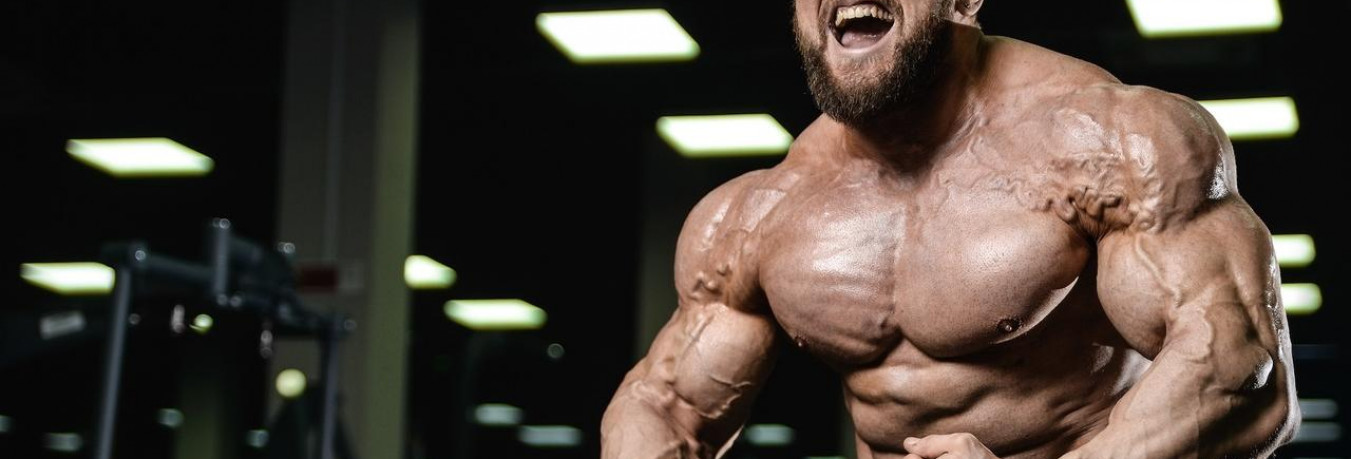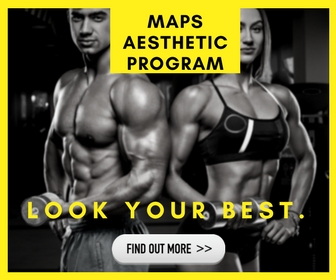
In the Defense of Bodybuilders
Oct 2, 2018 mindpumpThere are many camps within the weight training fitness community. We have bodybuilders, Crossfit athletes, powerlifters, Olympic lifters, and strongman athletes just to name the most popular ones off the top of my head. One thing they all have in common is that they all use resistance to achieve a particular goal. They all also “share” particular exercises. Most resistance-training athletes do barbell squats, overhead presses and deadlifts. I can write pages of differences between each of the disciplines I listed above and I can also write quite a bit about their similarities but one form of resistance training is MORE different than the others. Bodybuilding is the only sport that judges the appearance of the athlete rather than their performance. This may be why bodybuilders tend to get poked at the most.
First off, every single resistance-training athlete in the world should be very thankful for bodybuilding training. It was bodybuilding that brought weight training to the mainstream. The bottom line is that the average gym goer is MORE interested in how they look vs. how they perform. 99% of every client I ever trained had an aesthetic goal as their primary goal. In my 20 plus years as a trainer I can count maybe 10 clients who said, “My goal is to be able to bench press or squat or lift more weight.” It was the aesthetic focus of bodybuilding that opened the doors for all other resistance training pursuits to enter into the mainstream.
I get it. Bodybuilding is a subjective sport with judges that determine who wins based on the judges opinions. In the other resistance training sports you win objectively by outperforming your competitors. Bodybuilders also tend to work out differently with little concern for the weight being lifted, so long as the end result is a better-looking body. This can make bodybuilding type training seem narcissistic and shallow. That’s too bad because hard core resistance training athletes can learn a LOT from bodybuilders and how they train.
Bodybuilders have THE BEST mind to muscle connection of any resistance-training athletes. Ask a seasoned bodybuilder to flex their lats or their rhomboids or their hamstrings and they will do it with ease. Ask other strength athletes and you will see them struggle and although they may tense up the target muscle they will also tense up about 15 other surrounding muscles. This is because strength athletes train MOVEMENTS. They don’t care about targeting their lats. They just want to do the most pull ups. They don’t worry about feeling their quads. They just want to squat maximum weight. Although this is an expected and positive thing for the most part, there are real benefits to being able to isolate and target muscles.
Muscle imbalances are quite common among strength athletes and are arguably the most common cause of their injuries. Many times this is due to a “weak link” in the kinetic chain of muscles that activate during their activity. Identifying the “weak” muscle and being able to feel, isolate and contract that “weak” muscle makes correctional exercise and rehab much easier. Bodybuilding training, with its focus on “feel” rather than movement, helps to train and develop the mind to muscle connection. This comes in handy when you need to train a muscle imbalance with correctional exercise and, in the case of injury, for rehab.
Bodybuilders also train small muscles with a similar volume, frequency and intensity of their larger muscles. Strength athletes laugh at this. “Curls are a waste of time” is a common phrase you will hear hurled at a bodybuilder. This is SILLY. Although big compound movements should be most people’s resistance training priority, smaller muscle group focus work has some benefits for every athlete. Bicep tears are quite common among strength athletes, especially strong men and powerlifters. This happens because these competitors will lift tremendous weights with their backs, but their biceps are the weak link. Many of these injuries could be prevented with some good old-fashioned bodybuilder type isolation work. If you are only as strong as your weak link, doesn’t it make sense to make those weak links strong ones?
When it comes to building lean muscle, size bodybuilders are king. That’s their ultimate goal. Sure, Crossfit, powerlifting and all the other modalities will build muscle, but that’s not their focus. They want performance and any muscle they build is a side effect. Not so with bodybuilding where muscle size and shape are the priorities. Learning how to build muscle for the sake of building muscle has some benefits to the performance athlete. It allows for ais less injury prone. Its also a fact that bigger muscle contract harder regardless of technique or form, so it’s a good strategy to throw in some bodybuilder muscle building sessions here and there to give yourself stronger muscles to then train for performance. Build the muscle bigger, then train it to perform better.
Bodybuilders also understand how to diet. This is perhaps the most important aspect other athletes can learn from. I can’t think of any athlete that comes close to bodybuilders who know how to build massive amounts of muscle and then can diet with the type of precision that gets them absolutely shredded on a specific date. Most resistance training sports use weight classes to compete. It doesn’t take a rocket scientist to see that shedding body fat without losing muscle can be a major advantage. Competing at a lower weight class because you are leaner while maintaining strength and performance is a very valuable and effective strategy. Diet to build LEAN muscle to keep weight low for a competitive advantage.
I HATE that the resistance training community can be so tribal. I have been preaching to bodybuilders for years about the benefits of powerlifting, or Olympic lifting or kettlebells or even Crossfit style conditioning and many have been receptive. Learn from each other and achieve levels of fitness you simply could not have otherwise. Don’t brush off bodybuilding wisdom…it could be the missing factor in your program.
“Don’t get set into one form, adapt it and build your own, and let it grow. Be like water. Empty your mind, be formless, shapeless — like water. Now you put water in a cup, it becomes the cup; You put water into a bottle it becomes the bottle; You put it in a teapot it becomes the teapot. Now water can flow or it can crash. Be water, my friend.” Bruce Lee







